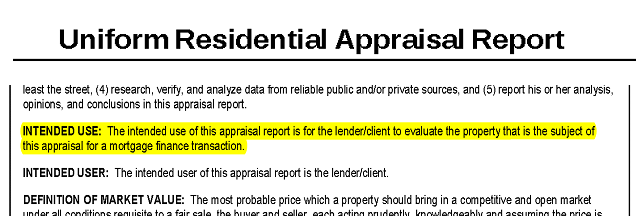 FISHTOWN continues to be one of the hot Philadelphia Zip Codes. Between the beginning of 2015 and September 1, 2015 there have been 474 recorded sales listed in the Trend MLS. This figure does not include any private sales that were not in the MLS. On average homes spend 57 days on the market with a median DOM of 32 days. The high sale was a property on Shackamaxon Street for $815,000. The low end was a property on North Water Street for a whopping $3,000. The median sale price is $242,000 while the average sale price is a more robust $256,910. The Original List Price (OLP) to Sale Price (SP) ratio was 94.62% during this time period.
FISHTOWN continues to be one of the hot Philadelphia Zip Codes. Between the beginning of 2015 and September 1, 2015 there have been 474 recorded sales listed in the Trend MLS. This figure does not include any private sales that were not in the MLS. On average homes spend 57 days on the market with a median DOM of 32 days. The high sale was a property on Shackamaxon Street for $815,000. The low end was a property on North Water Street for a whopping $3,000. The median sale price is $242,000 while the average sale price is a more robust $256,910. The Original List Price (OLP) to Sale Price (SP) ratio was 94.62% during this time period.
The Coyle Group’s team of Philadelphia appraisers are a leading provider of appraisals for Estate/Probate, Divorce, Bankruptcy, Tax Appeal and Pre-Listing. If you need a guest speaker at your next sales meeting, please give us a call. We would welcome to opportunity to speak to your group and field any appraisal related questions you may have. For more information please visit our website at www.TheCoyleGroupLLC.com You can also contact The Coyle Group at 215-836-5500 or appraisals@coyleappraisals.com

















Latest Comments